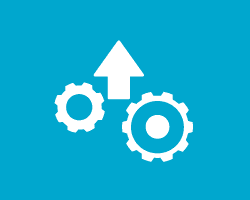 The latest releases of Analyst Software 1.7 and SCIEX OS Software 1.4 introduce a new licensing model called concurrent licensing. If you want flexibility and cost savings when purchasing and using your processing software, concurrent licensing is for you.
The latest releases of Analyst Software 1.7 and SCIEX OS Software 1.4 introduce a new licensing model called concurrent licensing. If you want flexibility and cost savings when purchasing and using your processing software, concurrent licensing is for you.
How does it work? Concurrent licenses float through the network and are passed from user to user, machine to machine. In other words, access to the software can be granted based on the number of licenses expected to be used at the same time.
So what, you ask? Good question.
The concurrent licensing model can be significantly less costly for your organization than the single device model. This means your tier 2 and tier 3 lab analyst with lower software utilization rates can now share access easily especially when access is not needed at the same time. Get a Better Understanding of Concurrent Software Licenses >
By choosing the concurrent licensing model, your organization can be more:
- Thrifty: Avoid overpaying for software licenses and effectively manage your software spend. Track your team’s true software consumption and easily cancel unused licenses; while share underutilized licenses within the team
- Strategic: Simplifies administration as you can manage licenses for multiple users from one central platform and consolidate license renewal dates across your organization
- Productive: Allows on-demand license access for local and remote teams within same time zone so users can access the software from any device within the network
- Diligent: Ensure license compliance and eliminate the potential of costly and unexpected audit penalties
Enjoy the benefits of SCIEX software solutions and take full advantage of the flexible licensing model for your processing software.
For more questions on licensing, get in touch with our software sales specialists >






 Contact Support
Contact Support
0 Comments